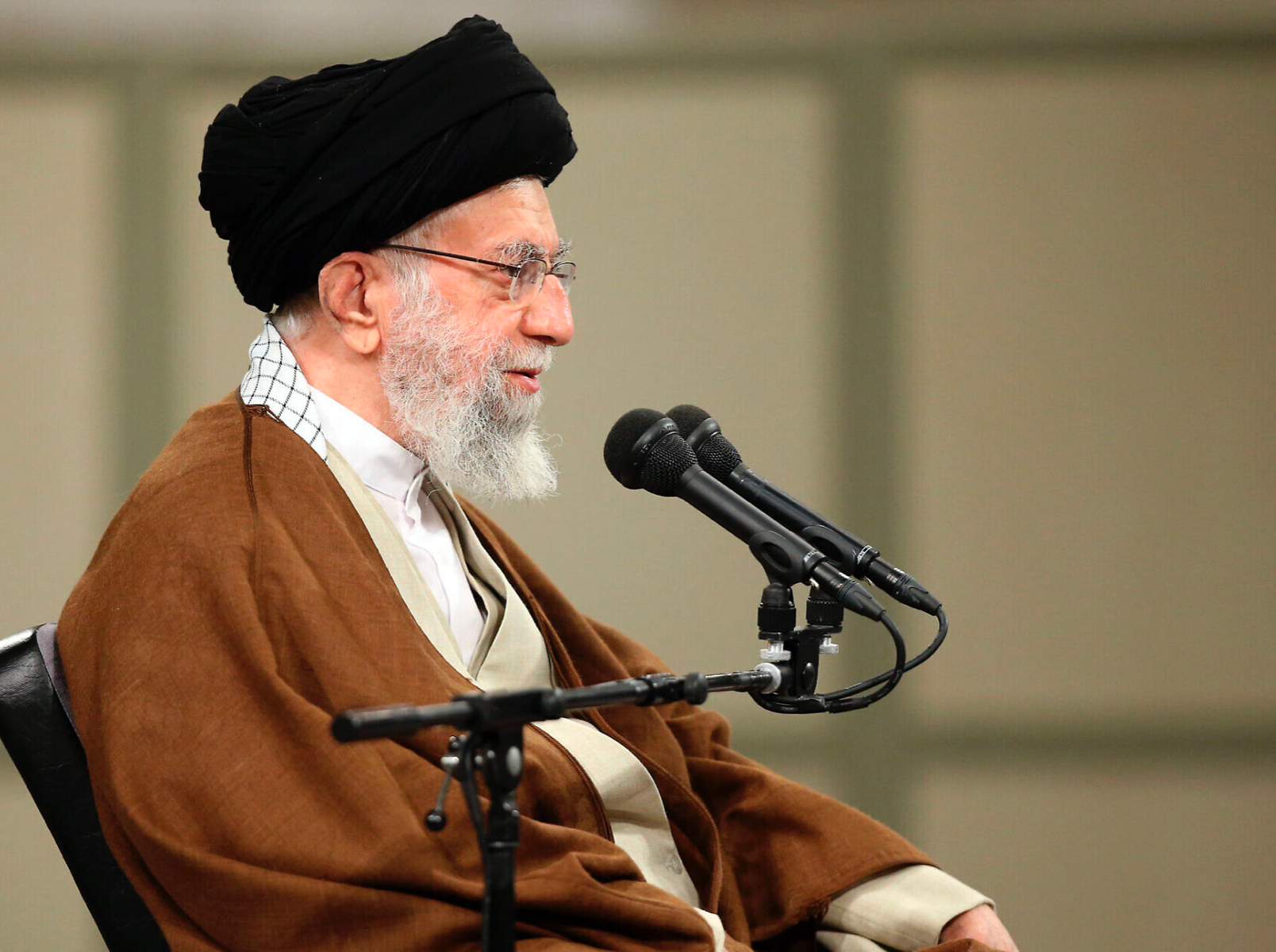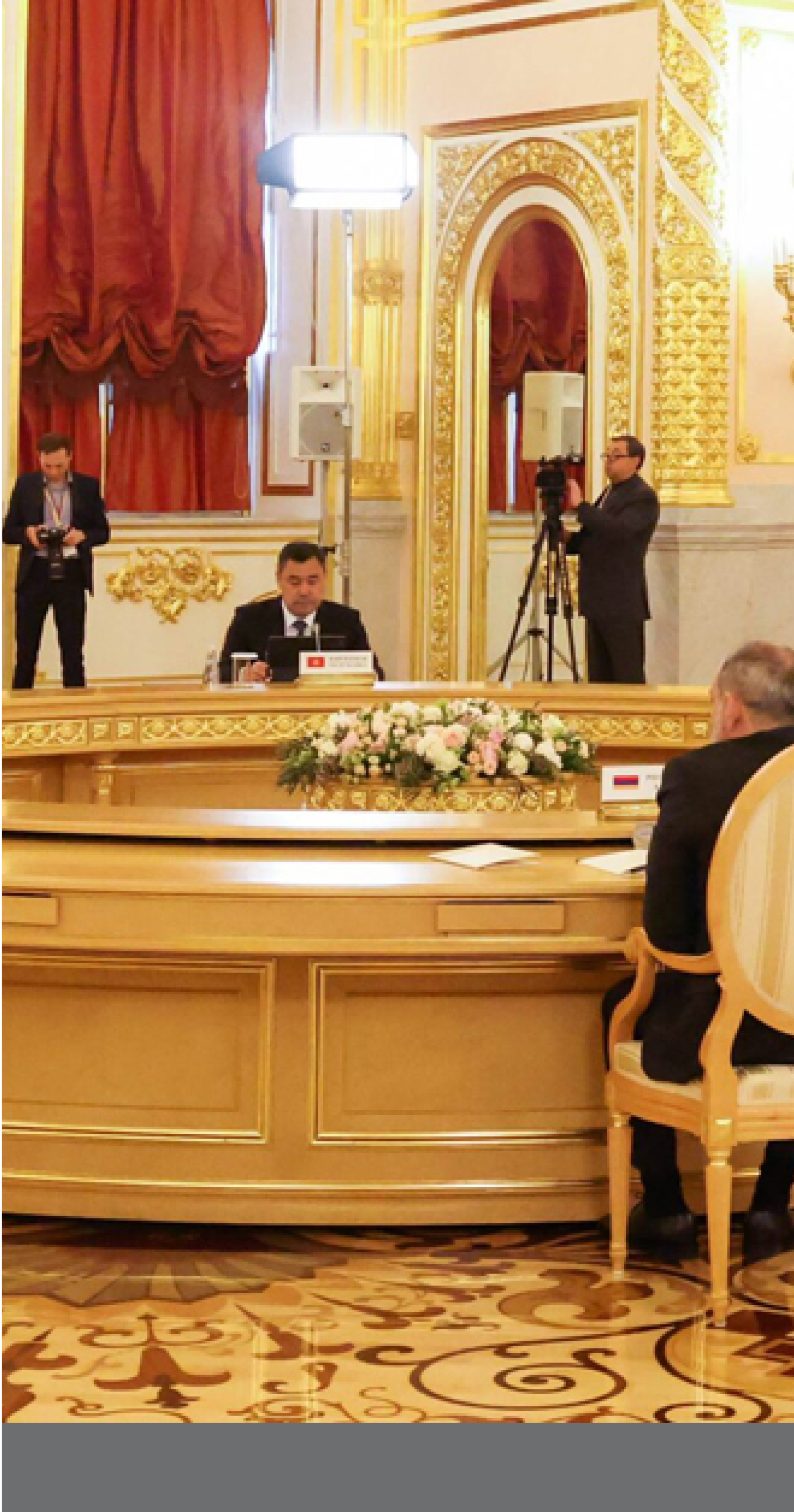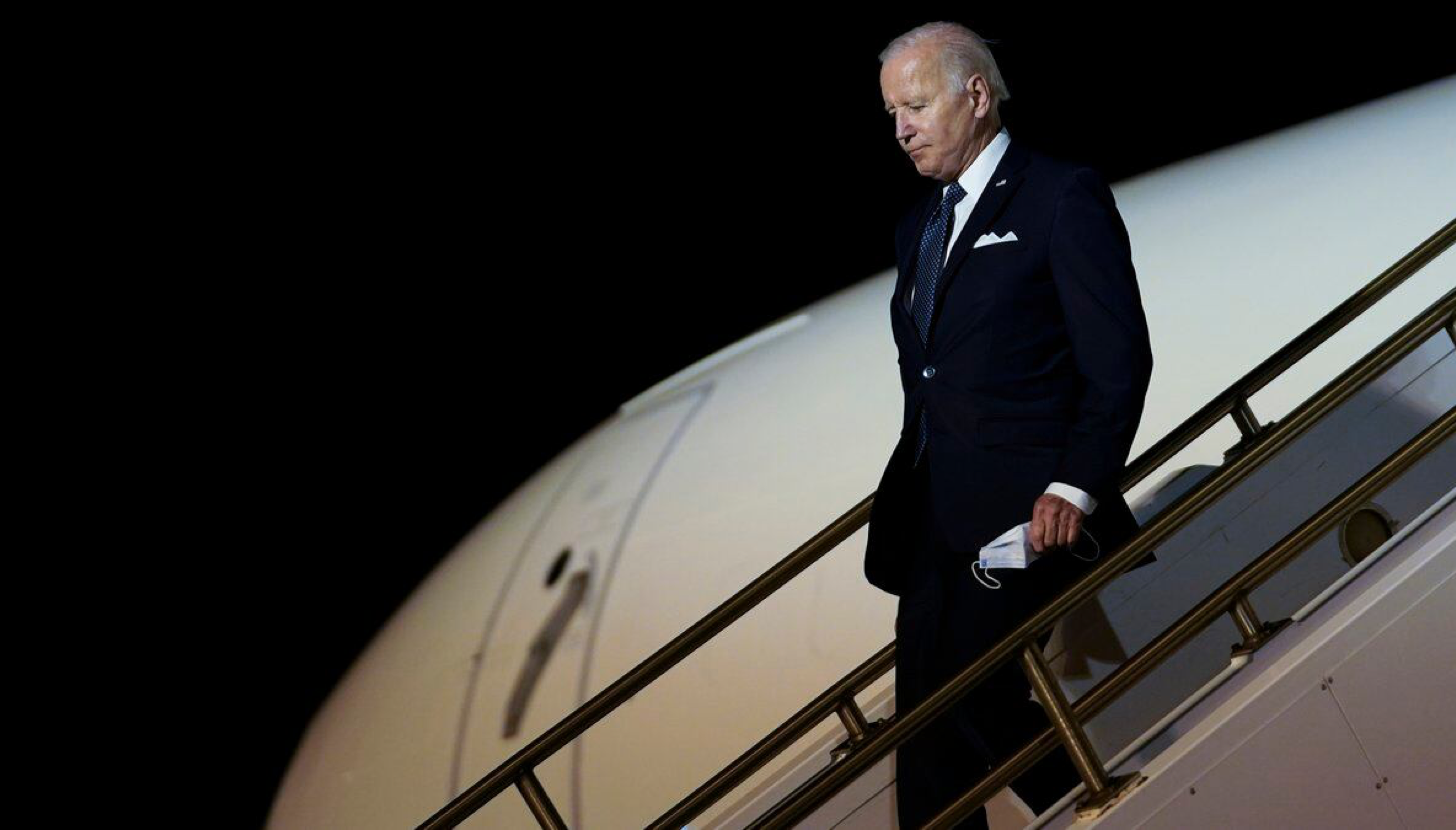What Happened?
On January 2, Hamas deputy chief Saleh al-Arouri was assassinated in Lebanon along with six leaders of al-Qassam Brigades, the militant arm of Hamas, including its top commander in southern Lebanon, Samir Findi, and its leading commander of military operations outside Gaza, Azzam Al-Aqraa. It is widely assumed the assassination mission was operated by an Israeli drone programed to bomb their apartment building in the Beirut suburb of Dahiyeh.
A Closer Look:
After the October 7 Hamas attack that killed more than 1,100 Israeli and foreign residents, Israel threatened to hunt down and assassinate al-Qassam Brigades leaders both within and outside Palestine. In audio recordings aired last December by Israel’s public broadcaster Kan, Ronen Bar, the director of Israel’s domestic security agency Shin Bet, declared that Israel will hunt and kill Hamas leaders in Gaza, the West Bank, Qatar, Turkey and Lebanon—even if it takes years.
Recall, the “Operation Wrath of God” Israel launched to track down and kill those involved in the planning, kidnapping and murder of 11 Israeli athletes at the 1972 Olympics relentlessly continued until its goal was fully accomplished decades later.
The January bombing of Hamas leaders attending a meeting in Lebanon was preceded by Israel announcing the successful assassinations of Hamas field leaders in Gaza, including Taysir Mubasher, commander of the North Khan Younis Battalion; Ahmed Ghandour, commander of the Northern Gaza Brigade; Ayman Nofal, commander of the Central Gaza Brigade; and Murad Abu Murad, commander of air operations.
Al-Arouri’s assassination, however, marked a turning point in Israel’s assassination missions. He is considered one of the most important Hamas political and military leaders, and a major communication channel between Hamas and Hezbollah. The deputy chief of Hamas also had a direct connection with Yahia Sinwar, the leader of Hamas’s political wing in Gaza, whom many believe is the engineer of the “unity of fronts” operation and the real leader of Hamas in the West Bank.
A Turning Point!
The assassination mission signaled that Israel had entered into a new phase of the war in the Gaza Strip by reducing the fire rate and perfecting concentrated military operations and precise intelligence activities. This achieved by both targeting and killing important Hamas and jihad leaders and successfully bombing sensitive military facilities like rocket storage and manufacturing sites.
On December 31, 2023, Israel withdrew five brigades from Gaza. The military leadership saw that the Israeli army was well positioned in main points within the Gaza Strip, especially in the north and the army is in a position to comply with the American pressure to change the nature of the war.
Interestingly, al-Aroui’s assassination was preceded by the assassination of Islamic Revolutionary Guard Corps leader and military adviser Razi Mousavi. The two events were separated by only a week, as if to underscore the burgeoning depth and power of Israeli intelligence.
It was Israeli intelligence that insisted on expanding assassinations against Palestinian faction leaders residing both in and outside of Gaza, especially those who are connected with Iran. It is hoped that reactions to the assassinations remain within acceptable margins, the ones that won’t worsen the rules of engagement in the beleaguered Gaza Strip, the Bank, the West and Lebanon.
Cool and clear heads are needed to face the many challenges ahead: faction leaders scattered in countries all around the world, the limited intelligence penetration for Hamas in Gaza, and the dreaded expectations of more retaliatory attacks against Israel and Western interests.









